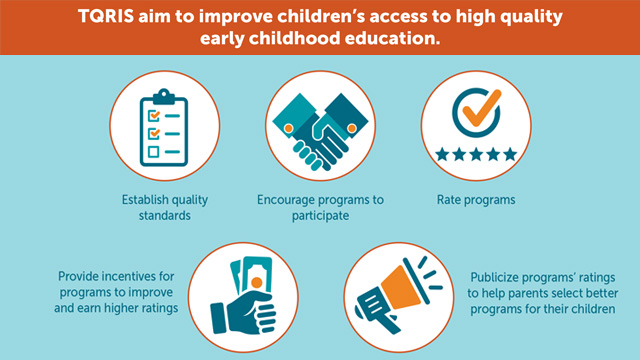Schools that received School Improvement Grants (SIG) to implement school intervention models used more of the practices promoted by these models than schools that did not receive grants. However, the SIG-funded models had no effect on student achievement, according to a new report released by the U.S. Department of Education. Through $3.5 billion dollars in grants in 2010, the SIG program aimed to improve student achievement in the nation’s lowest-performing schools. This is the final report from the multiyear SIG evaluation led and conducted by Mathematica Policy Research, with partners American Institutes for Research and Social Policy Research Associates, for the Department of Education’s Institute of Education Sciences.

The study analyzed data from surveys of school administrators conducted in spring 2013 and student-level administrative data collected from states and districts for the 2009–2010 through 2012–2013 school years. The sample included 480 low-performing schools located in 60 districts from 22 states. Methods included a descriptive analysis of implementation, a rigorous analysis of impacts on achievement (using a regression discontinuity design), and a correlational analysis of the relationship between the type of model implemented and improvements in student achievement.
The evaluation found that:
- Schools implementing a SIG-funded model used more SIG-promoted practices than other schools (23 versus 20, out of the 35 practices examined), but there was no evidence that SIG caused schools to use more practices.
- Implementing a SIG-funded model had no impact on math or reading test scores, high school graduation, or college enrollment.
- Elementary schools had similar improvements in math and reading test scores regardless of which SIG model they implemented.
- Secondary schools implementing the turnaround model had larger improvements in math test scores than those implementing the transformation model. In contrast, reading improvements were similar for all models. The differences in math improvements across models might be due to factors other than the model implemented, such as existing differences between schools before they received grants.
“There are several possible reasons why the SIG program had no impact on student achievement,” says Lisa Dragoset, a senior researcher at Mathematica and director of the evaluation. “One possible reason is that the program did not lead to a large increase in the number of SIG-promoted practices that schools used. It is also possible that the practices were ineffective or not well implemented.”
Read the fact sheet and explore the findings in an interactive quiz.
About Mathematica: Mathematica is a pioneering nonpartisan research organization dedicated to improving public well-being. Our 1,200+ experts conduct policy research, data collection, and data analytics that meet the highest standards of quality and objectivity, working with decision makers across the public and private sectors. For more information, visit www.mathematica-mpr.com.
About American Institutes for Research: Established in 1946, with headquarters in Washington, DC, the American Institutes for Research is a nonpartisan, not-for-profit organization that conducts behavioral and social science research and delivers technical assistance both domestically and internationally in the areas of health, education, and workforce productivity. For more information, visit www.air.org.
About Social Policy Research Associates: Social Policy Research Associates provides evaluation, organizational development, facilitation, and training services. Located in Oakland, California, Social Policy Research Associates works collaboratively with clients to bring innovative approaches to new or existing strategies, programs, and initiatives. Their staff of more than 30 have diverse backgrounds, including education, sociology, public policy, and economics. For more information, visit www.spra.com.

